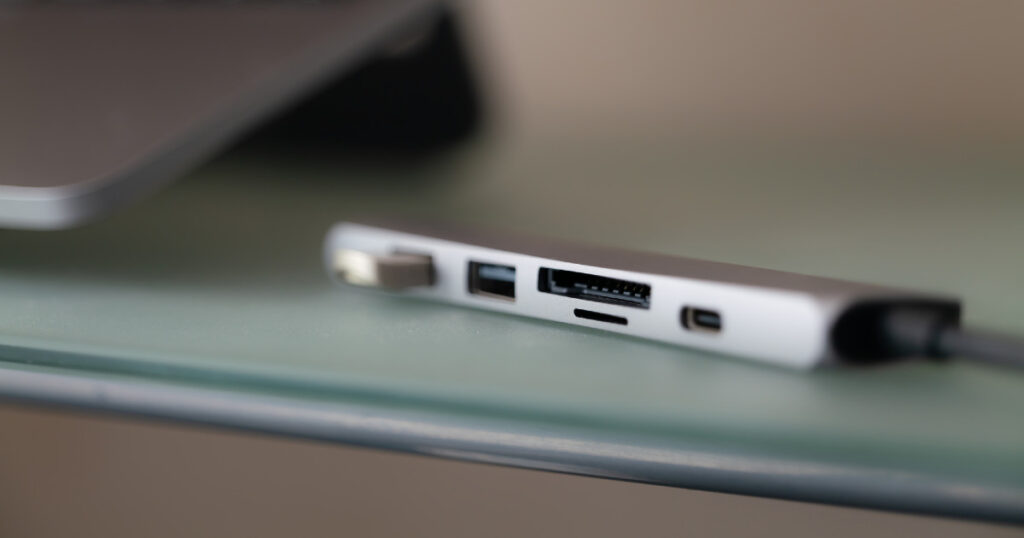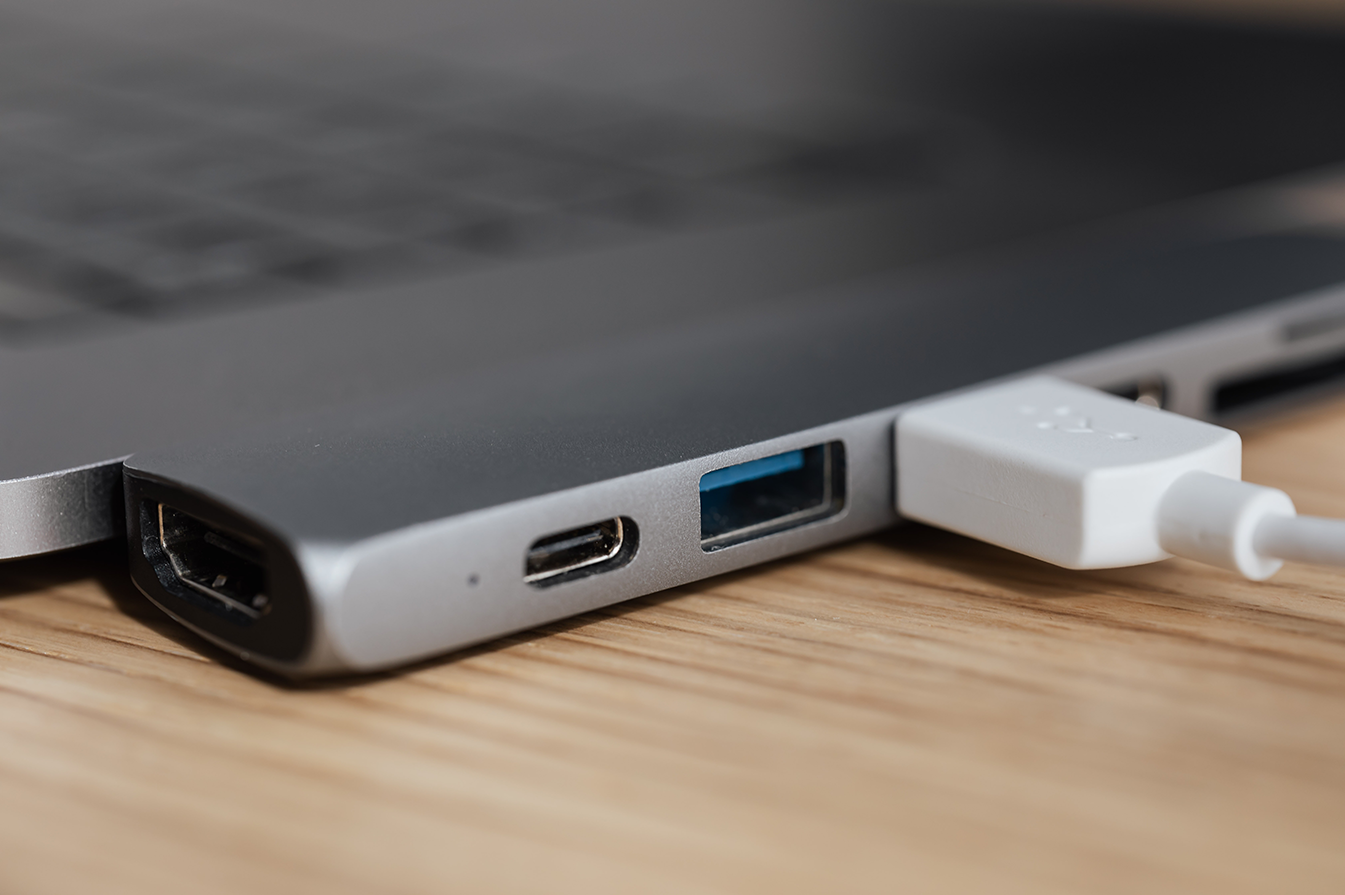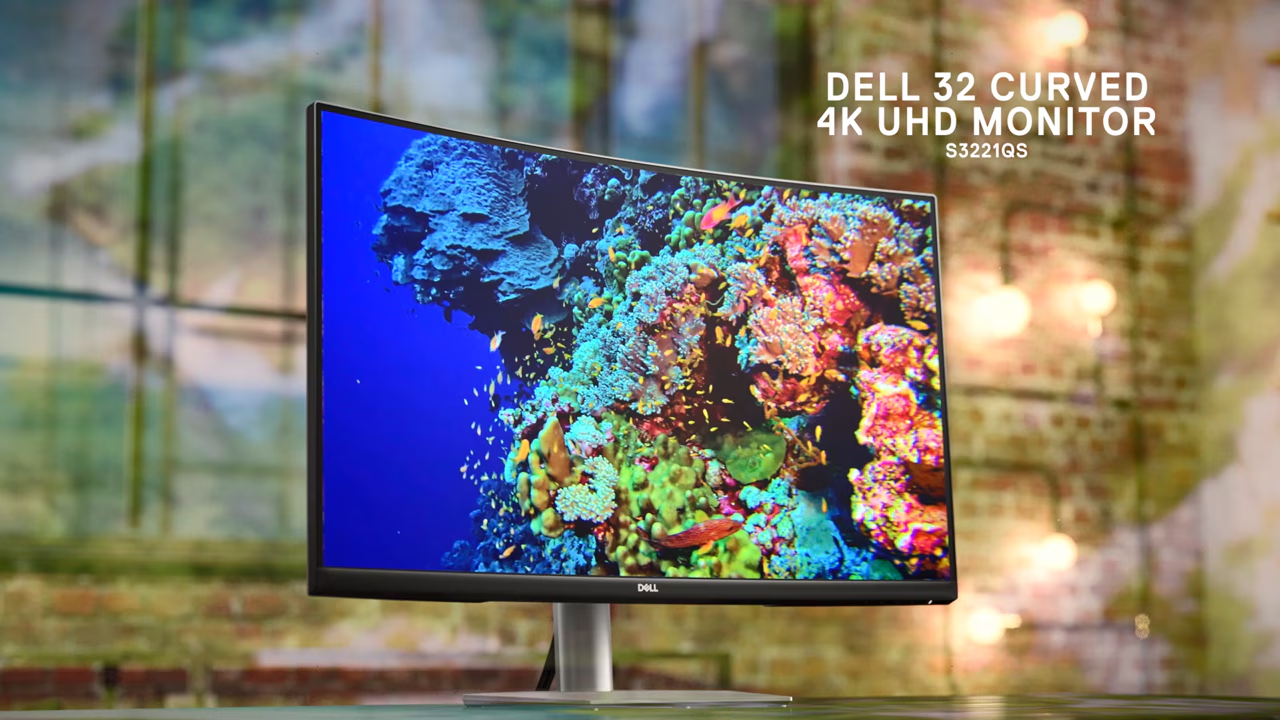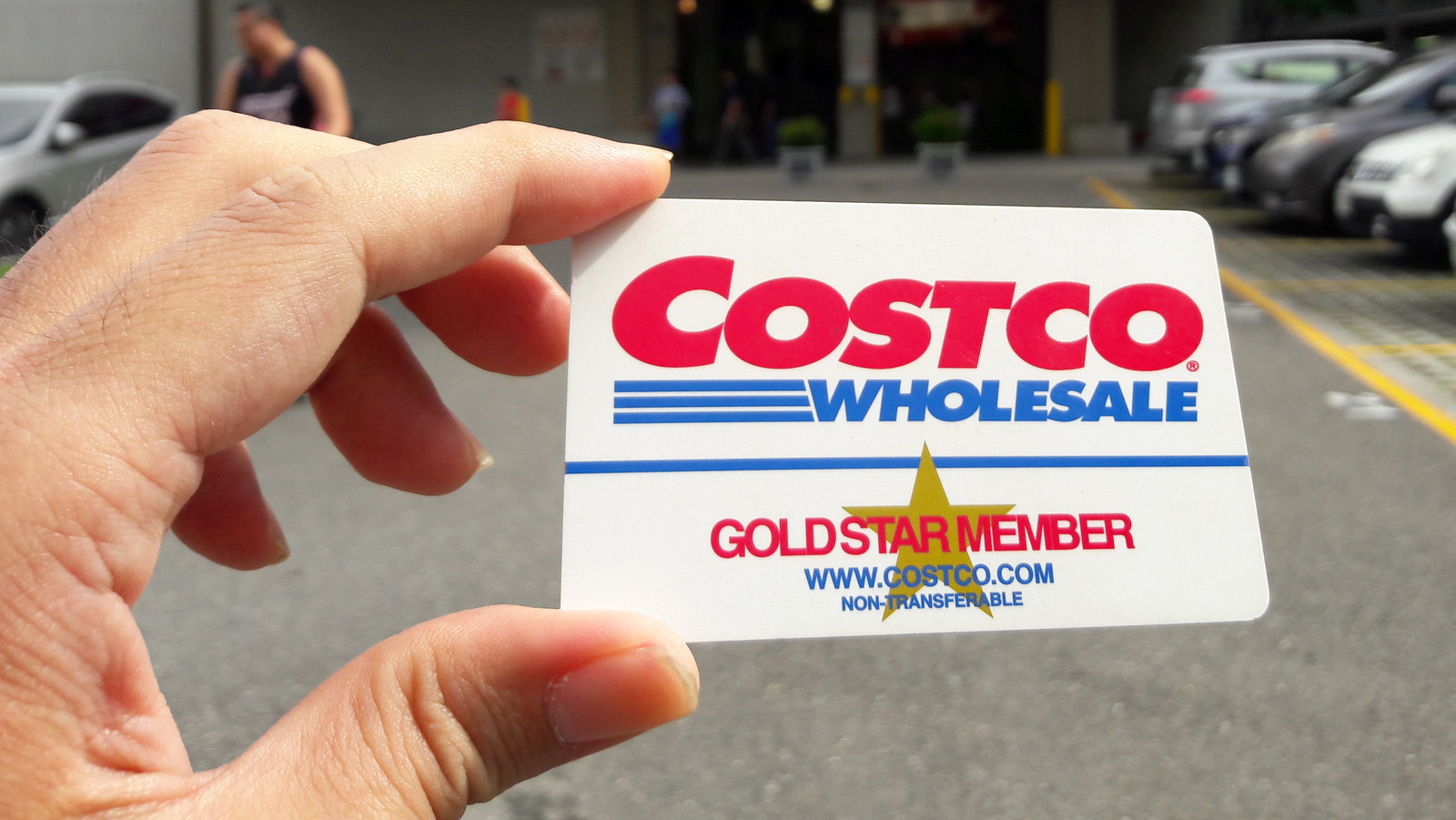
USB Labeling Gets Simplified: What You Need to Know
If you’re in the market for a USB4 docking station, you’ll notice a new, streamlined labeling system that aims to make shopping for USB products much easier. The confusing names like “USB 3.2 Gen 2” or even marketing terms such as “SuperSpeed USB 10Gbps” have been replaced by clear speed-focused labels. This updated approach prioritizes simplicity, allowing consumers to see exactly what they’re getting—whether it’s a “USB 40Gbps” or “USB 80Gbps” device.
This change, introduced by the USB Implementers Forum (USB-IF) in 2022, extends to the latest USB specifications, including USB4. It eliminates unnecessary complexity, such as using terms like “USB4v2”, which has been removed from consumer branding altogether. Now, docking stations and other devices will prominently display speed-focused logos on their packaging, making it easier to identify capabilities.
One significant advantage of this system is its potential to address labeling inconsistencies with USB-C ports on PCs. Historically, these ports often lacked clear identification, leaving users guessing whether they were dealing with an older 10Gbps port, a modern USB4 port, or even Thunderbolt. While Thunderbolt 4 and USB4v2 are functionally identical (apart from Intel’s certification process), this uniform labeling could reduce confusion. USB-IF representatives even hinted that manufacturers like Dell might adopt this labeling approach soon.
The simplified logo system also applies to USB cables, highlighting both the data speed and the power delivery capabilities—two features that truly matter to consumers. According to Jeff Ravencraft, president of USB-IF, this clarity-first approach ensures you know exactly what you’re buying.




